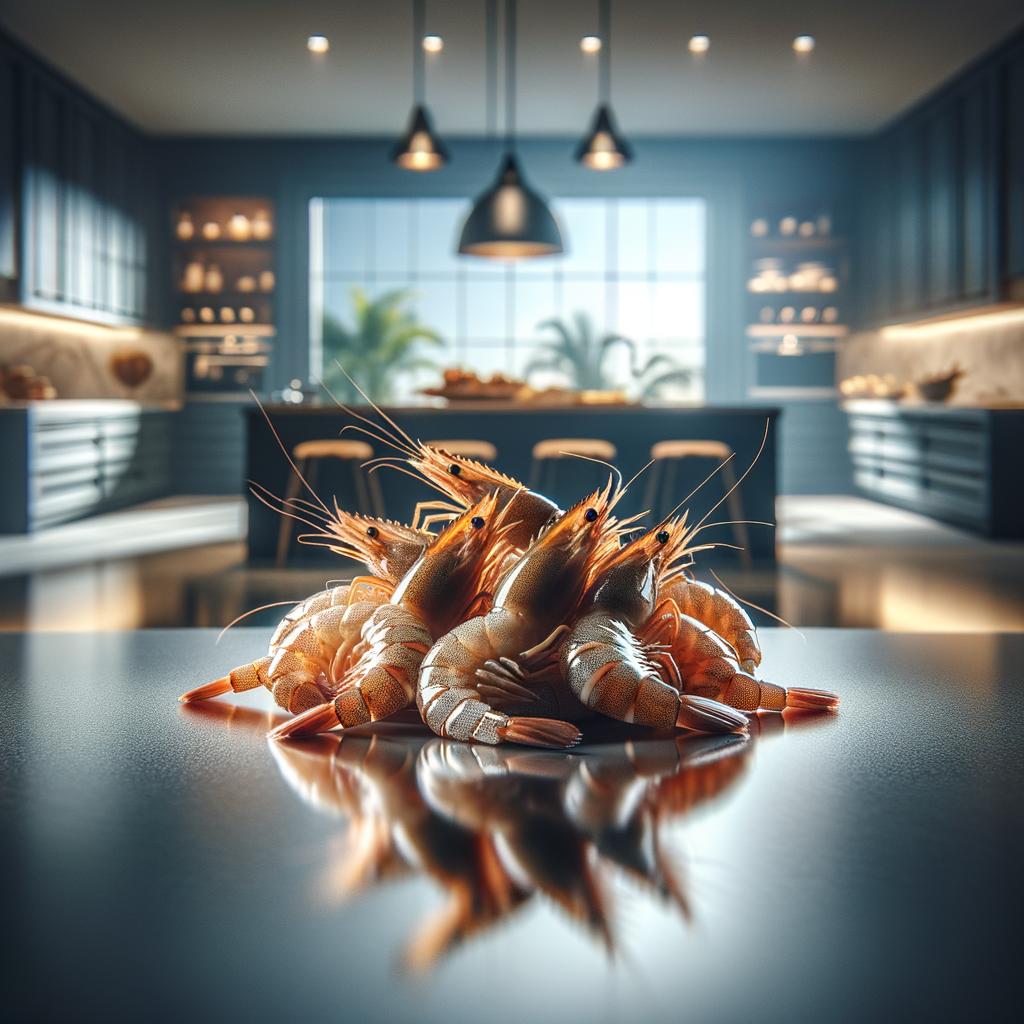Brown Shrimps

Description
Brown shrimps, also known as Crangon crangon, are tiny, delicate creatures of the sea. Their exterior hue ranges from a sandy beige to a deep chestnut, mimicking the seafloor's colors where they reside. When cooked, they turn a beautiful shade of pink, exuding a tantalizing aroma. Their texture is firm yet tender, and their flavor profile is uniquely sweet and briny, with a hint of nuttiness that sets them apart from other shrimp varieties. The brown shrimp's most distinctive characteristic is its intense, concentrated flavor, a testament to its life spent foraging the nutrient-rich sea beds.
Primary Uses
Brown shrimps are a versatile ingredient, used extensively in various culinary traditions. They are the star in the classic British dish, potted shrimp, where they are cooked in a spiced butter and served on hot toast. In Dutch and Belgian cuisines, they are the key component in 'garnaalkroketten', a type of creamy shrimp croquette. They can also be used in soups, salads, or simply boiled and served with a squeeze of lemon. Beyond their culinary uses, brown shrimps have cultural significance too. In the Netherlands, shrimp fishing on horseback is a centuries-old tradition, recognized as a cultural heritage by UNESCO.
History
The history of brown shrimps is as rich and intriguing as their flavor. They have been savored by coastal communities across Europe for centuries. In the Middle Ages, they were considered a luxury, served at royal banquets and feasts. Over time, their popularity spread inland, and they became a beloved ingredient in many regional cuisines. There's a romantic tale from the Dutch fishing village of Volendam, where it's said that a young fisherman would offer the first catch of brown shrimps to the girl he wished to court, symbolizing his intention to provide for her.
Nutritional Information
Brown shrimps are a nutritional powerhouse, packed with high-quality protein and low in fat. They are rich in several essential minerals, including iodine, zinc, and selenium, which contribute to thyroid function, immune health, and antioxidant defenses, respectively. They also contain astaxanthin, a potent antioxidant that gives them their pink color upon cooking. Compared to other shrimp varieties, brown shrimps have a slightly higher concentration of omega-3 fatty acids, contributing to heart health. However, like all shellfish, they should be consumed in moderation due to their high cholesterol content.
In the grand tapestry of food history, brown shrimps are a small yet significant thread, weaving together stories of tradition, romance, and sustenance.

